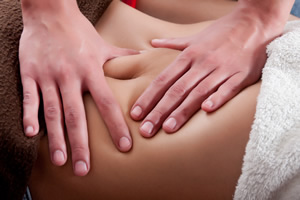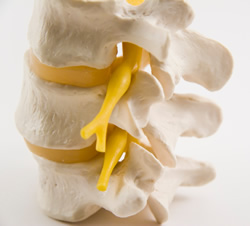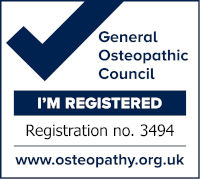The Philosophy & Principles of Osteopathy
 This involves the concept that structure and function are inter-related. The body can be likened to a machine in which each mechanical part must be able to move freely in relation to one another for overall efficient functioning. If the parts do not sit well with one another in any machine, the parts at best, wear abnormally or don’t do what they were designed for. The different tissues of the body; organs, muscles, bones, blood vessels, nerves etc. will function more efficiently if they are not restricted in their movement and not subjected to any structural stress or misalignment. Like any machine the body will occasionally need fine-tuning.
This involves the concept that structure and function are inter-related. The body can be likened to a machine in which each mechanical part must be able to move freely in relation to one another for overall efficient functioning. If the parts do not sit well with one another in any machine, the parts at best, wear abnormally or don’t do what they were designed for. The different tissues of the body; organs, muscles, bones, blood vessels, nerves etc. will function more efficiently if they are not restricted in their movement and not subjected to any structural stress or misalignment. Like any machine the body will occasionally need fine-tuning.
Mechanical disturbances in the body can cause problems such as impingement of nerves leading to pain or stasis of fluids causing toxins to build up which may lead to infection. If an organ is subjected to abnormal pressure, receiving an irritated source of nerve supply or restricted by scar tissue, it follows that it will be unable to carry out its functions in a normal way.
Osteopaths are concerned with helping to improve the mechanical efficiency of the body in order to aid all body processes to reach their best potential. Health problems can be caused by a number of factors including; environmental, nutritional, bacterial or viral organisms, allergies etc. However when the body is mechanically more sound it can deal with outside influences more effectively.
Other conditions which fall within the scope of osteopathic treatment:
- Sinusitis
- Asthma
- Stress & Hypertension (high blood pressure)
- Irritable bowel syndrome
- Dysmenorrhoea (painful menstruation)
- Chronic fatigue syndrome
- Lymphoedema
- Multiple sclerosis
With the occurrence of trauma the various tissues of the body contract, twist and compress. The fluid flow becomes obstructed. Osteopathic manipulation restores freedom in the tissues, normalises fluid flow and thus inherent physiologic function (healing) follows.
"Osteopathic medicine, is a philosophy, a science and an art. Its philosophy embraces the concept of the unity of the body structure and function in health and disease. Its science includes the chemical, physical and biological sciences related to the maintenance of health and the prevention, cure and alleviation of disease. Its art is in the application of the philosophy and the science of the practice of osteopathic medicine."
Osteopathic Principles

- The body is a unit.
- Structure and function are reciprocally inter-related.
- The body possesses self-regulatory mechanisms.
- The body has the inherent capacity to defend and repair itself.
- When the normal adaptability is disrupted, or when environmental changes overcome the body’s capacity for self maintenance, disease may ensue.
- The movement of body fluids is essential to the maintenance of health.
- The nerves play a crucial part in controlling the fluids of the body.
- There are somatic components to disease that are not only manifestations of disease, but also are factors that contribute to maintenance of the disease state.













